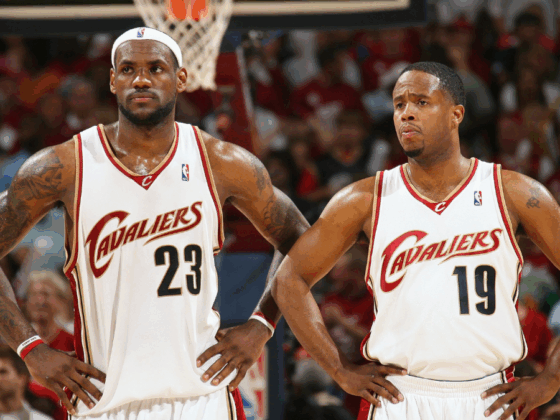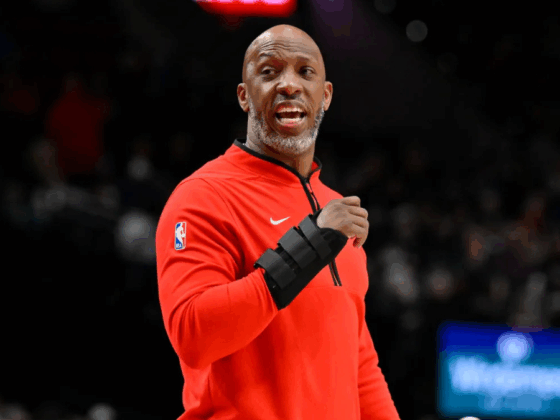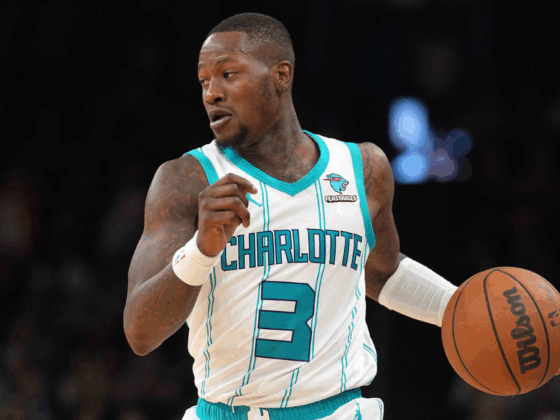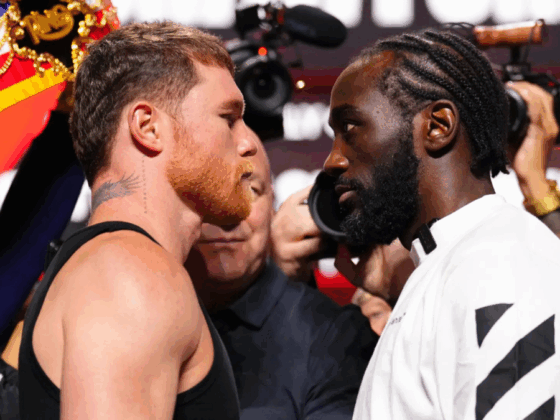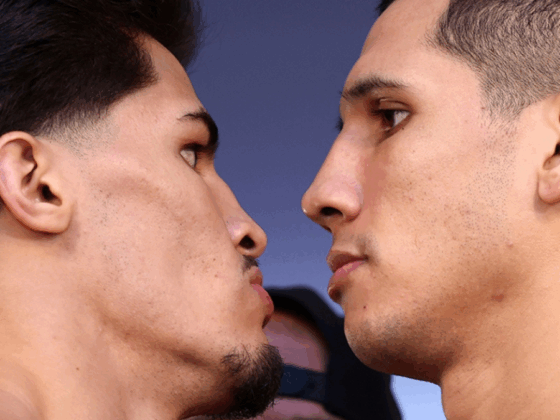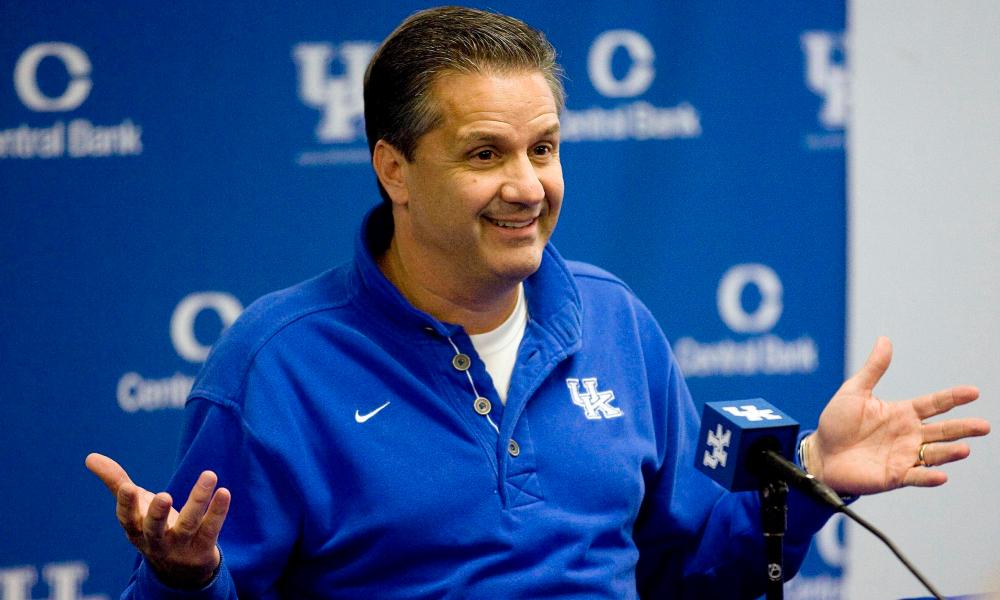
John Calipari and the one-and-done era are synonymous. Those for and against the system credit Calipari and give him props, or disdain, for changing the NCAA game. While Coach Cal coached talented stars who left college early before he was at Kentucky, most notably Marcus Camby (UMASS) and Derrick Rose (Memphis), he prioritized grabbing as many 5-stars as he could in any given class.
Arguably, he dominated this style of recruiting in his first six seasons at Kentucky, from that first season in 2009 until the 2015 38-1 team that tragically lost in the Final Four. Since then, Calipari has had success, but not at the level of four Final Four appearances in five years. From John Wall and DeMarcus Cousins to Shai Gilgeous-Alexander and Keldon Johnson, Kentucky has led the way in getting players to the NBA — and not just to the NBA, but almost always to the first round of the NBA Draft.
John Calipari often boasts how much money his players’ collective NBA contracts have made to date and what they are projected to make. He stands like a proud father on draft day and by all accounts advocates for his players in the process. He has stated over and over during his time in Lexington that he runs a “players first” program and even wrote a book with that phrase in the title in 2017. There have always been critics of Calipari and the one-and-done system. Some programs got credit for doing things the “right” or “traditional” way despite recruiting those one-and-done players just the same.
Despite a lack of postseason success in recent years, and that’s with two Elite Eight appearances in 2017 and 2019, Cal insists that Kentucky will always be the first to eat. On Dan Patrick’s podcast in 2017, Calipari noted:
“I say let ’em [players] go out whenever they want to go out. If they want to go out of high school, if they want to go after one year, two years, three years. What I say to everybody is, ‘Kentucky will eat first. Whatever the rules are, we will eat first,’ so it really doesn’t matter.”
With name, image and likeness rights hopefully coming to athletes soon, and the transfer portal becoming the newest most hated thing since the term “one-and-done,” lots of changes are coming to basketball recruiting. Fran Fraschilla claimed a top-40 program told him they would exclusively recruit out of the transfer portal from now on. While that is fairly extreme, it has become obvious the game is changing, and quickly.
Coach Cal used to be against a bigger program taking transfers from mid-majors, a take that many coaches had for quite some time. It would be a bit distasteful to directly recruit a kid out of Iona as a Kentucky- or Duke-level program just five short years ago. In fact, when Kentucky brought in transfer Reid Travis from Stanford in 2018, Cal had critics. When he followed that up by bringing in Nate Sestina from Bucknell the following season, many were shouting hypocrite at the Hall of Fame coach.
If you look back at Calipari’s comments about Damion Lee going to Louisville from Drexel in 2016, he was being hypocritical with these grad transfer acquisitions. Thankfully, it seems that Calipari has come around and the relaxed transfer policies for all players fall under his “players first” motto. Of course, Calipari didn’t stop looking to the transfer portal after Sestina either.
Ahead of the 2020-21 season, Kentucky brought in three transfer players from a variety of levels. Olivier Sarr from Wake Forest and Davion Mintz of Creighton were both grad transfers. Calipari then brought in Jacob Toppin from Rhode Island. Toppin, the brother of New York Knicks rookie Obi Toppin, transferred and became immediately eligible after receiving a waiver. And now, Kentucky has put its foot to the floor and made more moves in the transfer portal.
This season, the roster will boast more transfer players than incoming freshmen. Four transfer players include Oscar Tshiebwe (West Virginia), Kellan Grady (Davidson), CJ Fredrick (Iowa) and Sahvir Wheeler (Georgia). The recruiting class of TyTy Washington, Daimion Collins and Bryce Hopkins is ranked seventh nationally. That is the lowest of Calipari’s Kentucky career.
Calipari has clearly embraced the transfer portal for what it is. If he isn’t going to land the elite 5-star guys, he can go get talented and experienced players that many times play the college game better than a future NBA player. With an increased emphasis on scoring and 3-pointers, Kentucky has to move away from the uber-athletic type players they usually rely on. Scoring droughts have become more and more common in recent years as Kentucky struggled to adapt on the court.
When it comes to NIL rights, Coach Cal sees the writing on the wall and is set to embrace them, as well. When speaking to the media recently, he remarked that no one will be able to benefit more from NIL than Kentucky. Is he wrong? Kentucky fans in and around Lexington would see their beloved Wildcats in every commercial, on every billboard, and that includes the walk-ons. NIL rights are going to benefit a lot more than just basketball players, but at Kentucky, it won’t be hard to sell a recruit on the potential revenue.
However, it doesn’t matter how much any coach, let alone Calipari, embraces NIL rights if the NCAA doesn’t have a solid plan for rolling them out. The NCAA is not known for making the best decisions around player’s rights. There is more incentive now than ever to move forward with allowing athletes to compensate off their own image with the G League and now the Overtime Elite league offering six- and seven-figure contracts to high school prospects.
Some think these leagues aren’t going to be able to capitalize on their players as much as colleges due to TV deals and other media factors. However, when these players like Jalen Green and Jonathan Kuminga get to the league, expect the NBA to show their developed players off any chance they get. If the two are in the race for Rookie of the Year, and they should be, then the propaganda machine will really get going.
As for the Overtime Elite league, this will be more interesting than any alternative offered in recent years to talented high school prospects. Already they have landed two pairs of twins on two-year deals from the class of 2023. The league is offering large contracts and is targeting a goal of 30 players. If they sign 30 of the top-100 in one class, that will be noticeable in the college landscape, even if it only lasts a year. The league will be delivered primarily through social media, fast-moving clips and the highlights that have made Overtime popular on Snapchat, Instagram and just about every social media outlet available. The views will be there, but will anyone care that much? Will they be able to develop NBA talent?
John Calipari thinks enough of these leagues to make it a point to discuss with his staff.
Cal added that G League and Overtime league are now major competition for the type kids UK wants to recruit. The coaches addressed how to battle that on this week’s staff retreat.
Whatever the landscape, Cal says, “Nobody should able to do it better than Kentucky.” https://t.co/BewV5LKrUY
— Kyle Tucker (@KyleTucker_ATH) May 28, 2021
NIL rights are the first step in competing with the money these leagues offer. Exposure is, for now, in the NCAA’s hands. They need to get this right, but it remains to be seen whether they will. The NCAA may decide to kick the can down the road another two years. They may decide that players can only make $2,000 a month or add limiting factors regarding whom these athletes can work with and in what capacities. I don’t see a world where the NCAA opens the market up 100% on Day 1. Even if it becomes a dragged-out process, change is coming to college basketball, sooner rather than later.
There have been many reactions to the seemingly new era. You have Calipari, who has warmed up his transfer-portal muscles the last few years and is now an expert as he was in the early one-and-done days. Then, you have others who have decided to hang it up. Roy Williams will not be coaching the North Carolina Tar Heels. Mike Krzyzewski will make his victory lap in college basketball after announcing this will be his last season on the sideline. Now, Williams and Coach K are 70 and 74 years old, respectively, compared with Calipari at 62 years old. Lon Kruger, 68, is also calling it quits and has retired. It isn’t just basketball coaches getting out, either.
Wisconsin’s longtime athletic director, Barry Alvarez, announced his retirement. Georgia AD Greg McGarity and UCLA AD Dan Gurrero have also announced their retirements. There have been rumors and messages floating that show how uneasy many coaches are becoming. Of course, age is likely making these decisions easier, but it isn’t a well-kept secret the sourness that Williams and K have about NIL rights and especially the new transfer rules allowing a player to play immediately after transferring for the first time.
Even a coach like Kansas’ Bill Self, who has made use of transfers throughout his career and continues to pull from the portal heading into next season, has had negative comments to say about the process. Self said that it made recruiting like the “Wild, Wild, West,” and had this to say about the new recruiting landscape.
“Whenever there are going to be 1,500 or whatever the final number will be of kids leaving because the grass is greener somewhere else … what you have to understand is every time a youngster leaves then you have an opportunity to maybe improve your own self, too.”
Consider Self an agnostic to the transfer portal. He isn’t going to sing the praises of the portal, and he does have some valid criticisms from a coaching standpoint. At the end of the day, Bill Self has more job security than 99% of the coaches in the country and Kansas will be just fine. Just like Kentucky will be just fine, and honestly, UNC and Duke will be fine in the transfer portal era as well. They are North Carolina and Duke for goodness sake.
Perhaps this new era of college athletics is just a young man’s game now — only for those 65 and below. Perhaps the new player freedoms spell d-a-n-g-e-r for many in college athletics.
However the meal is served, John Calipari has made it clear. Kentucky will eat first.

